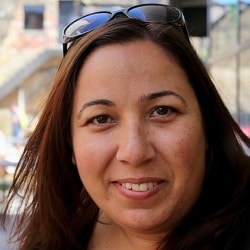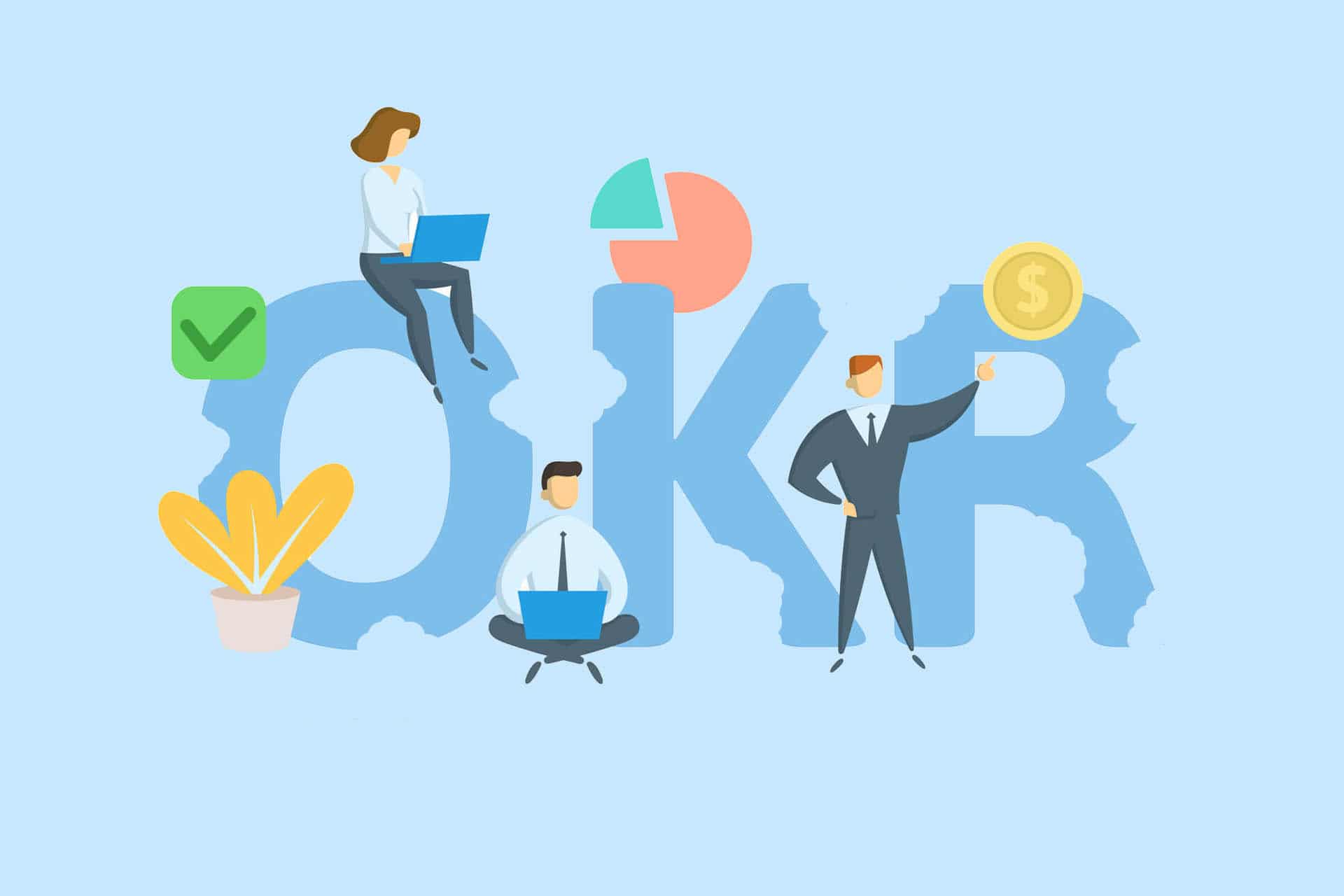Strategic alignment with OKR
My last article “My OKR is broken”, which I wrote for t2informatik, was about how OKR can be misunderstood and unfortunately is often misused. One of those issues was alignment, which I want to address in this article.
When I ask organisations why they want to introduce Objectives and Key Results, the most common answer is: “to create alignment”. In fact, according to There Be Giants’ 2020 OKR Annual Report, 90% of organisations using OKR cite ‘alignment’ as the reason for adopting OKR. So what is this alignment all about and how does Objectives and Key Results achieve strategic alignment?
What isn’t alignment?
Since the concept of alignment opens up a lot of room for interpretation, I would like to explain what I mean by alignment. For me, it does not mean that I know what my colleagues, subordinates or managers are doing today, this week, next month or next quarter. And alignment certainly doesn’t mean that I tell people what to do or that I just take the OKR from the top level.
In some organisations, Objectives and Key Results are passed down from the corporate level to departments and then to teams. Some even create OKR silos, even though the reason for introducing OKR was alignment. Only because they believe that the OKR structure must reflect their current organisational structure. Sad, but true.
Using OKR only to connect everyone’s work vertically and horizontally along the organisational chart is, to be honest, a waste of time. This kind of alignment can be helpful, but the true power of OKR is only unleashed through alignment to a shared vision, strategy and goals.
What is alignment?
For me, alignment means that we have a common understanding of the vision and the current strategy.
- Does everyone know and understand the direction we are going?
- Where is the field we are playing on and how do we want to win?
- What is the future we want to create?
- Why are we doing what we are doing?
- What value do we want to create for people (clients, users, customers, colleagues, society)?
- What is the impact we want to make?
We people want to be part of something bigger than ourselves. We want to see how our contribution shows up in the big picture. Once we are inspired by the idea of a possible future, we want to actively participate and paint parts of that future picture.
What I am saying is that alignment requires more than just adopting a framework. Rather, it is about an ongoing discussion about the value we want to create and who is involved. The idea behind OKR alignment is that people understand the purpose of their work, and can connect it to the vision and strategy. Once we are aligned around shared vision, strategy and goals, we can then think of ways of how to deliver it in a most effective and efficient way.
How do you create alignment with OKR?
As mentioned earlier, alignment does not mean that OKR is simply cascaded down the hierarchy levels, and certainly not that the key results of the upper levels are adopted as their goals. This kind of OKR alignment prevents autonomy, empowerment, creativity and motivation. In addition, teams have to wait until all higher levels of the hierarchy have defined their OKRs. This slows down the whole process. Consequently, any change to a key outcome at a higher level also leads to a revision of the whole plan.
How you set up the “OKR tree” is something I discuss with each organisation individually and it is different every time. After 5-6 years of OKR coaching, I have a collection of different OKR models, such as.
- Shared OKR,
- Product and Sub-Product OKR,
- Virtual Team OKR, etc.
But that is a topic for another article.
The main idea of all OKR trees is to allow flexible planning and create space for creativity. If the teams know the context of the vision, strategy, long and medium term result oriented goals and understand the intentions, they will find the best/most innovative and creative ways to contribute themselves. This means they can already start planning their OCR without having to wait for anything or anyone.
If during / after the OKR planning process, e.g. in an OKR alignment workshop, the teams and leaders find that they are drifting in different directions, this would be a clear sign for the leadership to think about how they could/should better articulate, visualise and communicate the vision, the strategy and the long and medium term goals.
OKR as part of the whole and structured flexibility
OKR is only part of the whole picture. For meaningful OKR, you must first provide the big picture. Meaningful alignment needs leadership that paints a picture of the future and makes tough decisions about what to focus on and what to do without. Alignment also needs teams equipped with purpose, autonomy and empowerment to make informed decisions in the given context.
One of the reasons why OKR gained a lot more popularity during the pandemic is its response to the need of enabling alignment on a strategic level, so that people can work autonomously and most importantly asynchronously. One of the complaints people have voiced during the pandemic is/was that they had even more exhausting meetings. However, this is not a consequence of home office or remote work, but rather a lack of strategic direction. When employees lack context, they may actually not do the right thing, not because they don’t want to, but because they don’t see the context and the bigger picture. After a while, this reinforces the lack of trust towards those involved and then the bad but most commonly seen scenario in organisations occurs: Building structures to control the system and micromanaging, which means more managers, more meetings, more people in meetings, because managers need to be at all meetings to make sure they are talking about the right things and making good decisions. I have experienced this kind of environment before the pandemic, and it feels like it is getting worse now.
But now imagine an environment where the leadership and teams have agreed on what outcomes they want to achieve (let’s say for three months) and meet regularly (let’s say every fortnight) to discuss their progress based on their initiatives, experiments, activities and impediments. Imagine that they come out of these meetings with clear actions and know what to try, solve and tackle next. They can use the time between these meetings as effectively and efficiently as best suits them, their own circumstances, their biological work schedules, their environment, and so on. And they even have more time for informal social contact with their colleagues.
What people want is “structured flexibility”. They want to be part of something bigger, to see and be seen contributing, to collaborate in well-facilitated meetings and to work independently towards agreed outcomes, while maintaining control over their own daily routines.
That’s what drives me every day to get up and help organisations adopt new ways of working that meet the challenges of the 21st century and help them put people more at the centre. And alignment is a very good tool for that.
Notes:
Cansel Soergens regularly organises the Online OKR Lean Coffee and other community events, such as OKR Open Space. You can find information about her events at https://cansel-soergens.com/okr-events/.
Here you can find the mentioned post in the t2informatik Blog:

Cansel Soergens
Cansel Soergens has been working with/for e-business and e-commerce companies for over 12 years in different roles as product, portfolio, project manager and Agile organisation developer. Since 2016, she has been on fire for Objectives and Key Results because it covers many important aspects of working in organisations: Shared alignment, implementation of a strategy, focus on what is most important, and collaboration along the value chain for measurable and impact-oriented goals.
